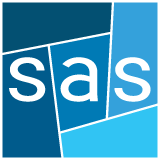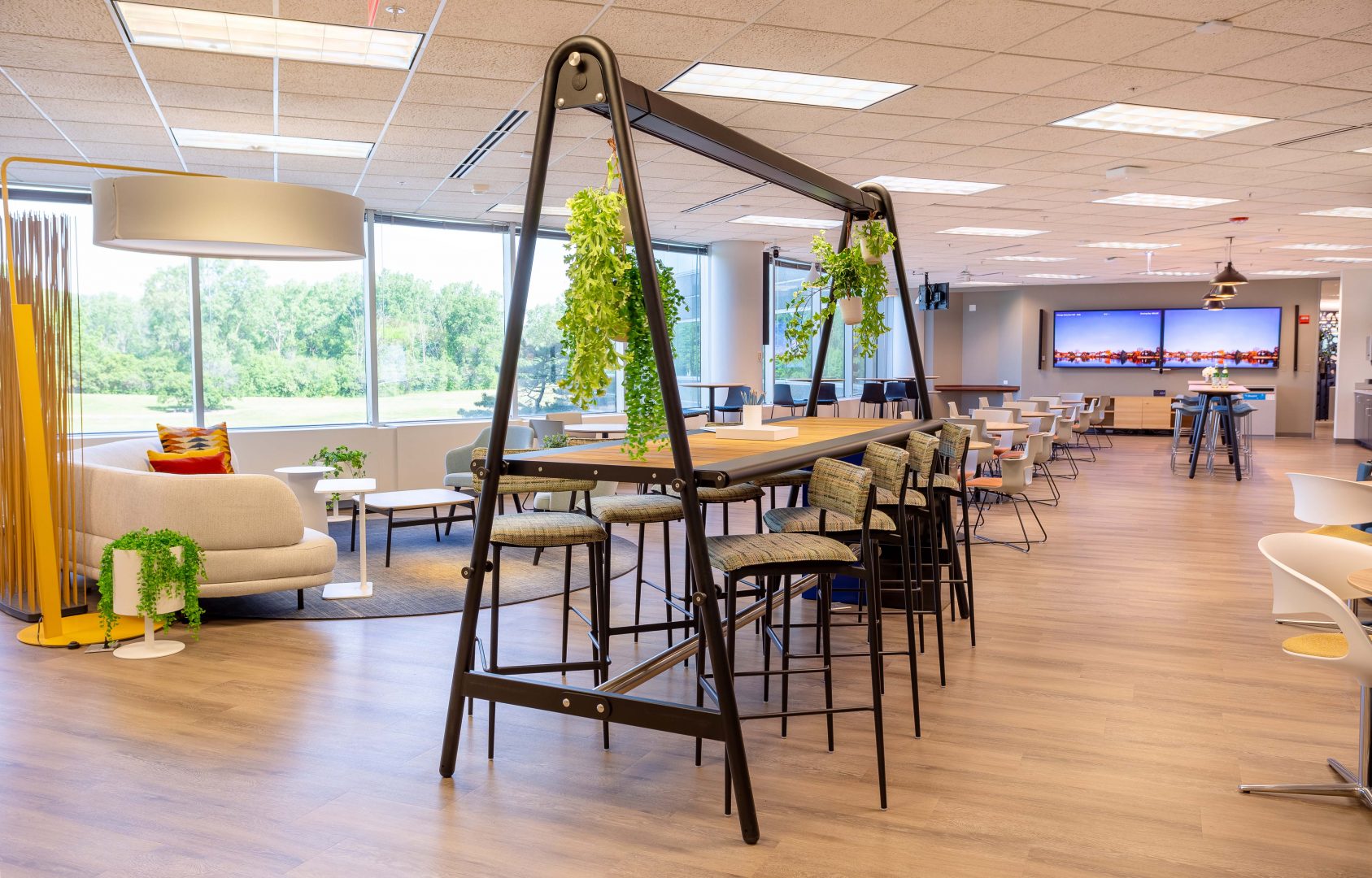Fortune 100 Financial Services Firm Chicagoland, IL
To address Corporate America’s challenge with workforce engagement, SAS Architects & Planners, along with a furniture vendor, engaged directly with our client to develop three gradients of collaboration to test in their commercial campus. We developed three types of environments, each suited with a different purpose and level of collaboration, to gain an understanding of the utilization of these spaces and the effect on the workforce. Each study area is around 20,000 square feet and caters to a different type of worker and workstyle. The purpose of these environments was not only to learn from the workforce, but also to inform the leadership on how to approach this type of development.
- Area 1 – Collaborative Engagement – Most progressive and experimental layout, featuring unique collaborative spaces to engage workers back into the office space, along with some conventional spaces, such as conference rooms, huddle rooms and benching.
- Area 2 – Meet and a Seat Collaborative – This environment is catering to those hybrid workers who come into the office to attend meetings and training sessions and require a space to work around meetings. This environment incorporated different types of conference and meeting rooms and open benching.
- Area 3 – Executive Collaborative – This floor features a more conventional open office layout, including executive offices on the building periphery, open benching and cubes and some collaborative work environments. This environment is the least experimental and was designed for the executives within the company and their associated workforce who need facetime with the boss.
These environments were completed concurrently and implemented reservation systems and space sensors to monitor and measure office utilization to inform future design iterations. At the completion of the project, employees were interviewed and monitoring systems were engaged to study the level of use in each space to determine its effectiveness. It was determined that each of the areas were desired by the workforce and that the working environment needs to engage with and adapt to the unique nature of their workforce and evolving employee expectations.


